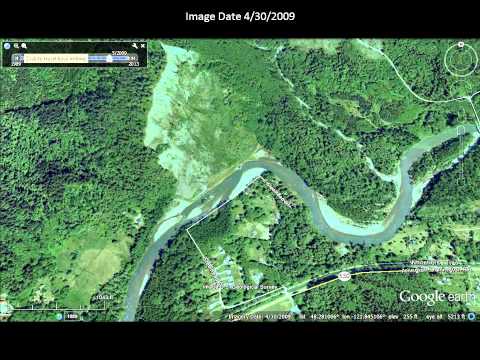On Saturday March 22, a powerful landslide occurred above the Stillaguamish River near the town of Oso in western Washington. David Montgomery, professor of Earth and space sciences, talks to Ashley Ahearn at KUOW about what causes such slides to occur. Listen to the story on KUOW. Since this report, Montgomery has shared his expertise through numerous other media outlets, including: Seattle Times Op-Ed: Map the runout risk for landslides like Oso New York Times: In a State Known for Landslides, a Deadly Mix of Loose Sediments and Heavy Rain KUOW: Geological Circumstances Behind Washington Mudslide PBS NewsHour: Washington state mudslide conditions present ‘nightmare scenario’ for rescue team, says geologist
Read more »Tethered robots tested for Internet-connected ocean observatory
The University of Washington this fall will complete installation of a massive digital ocean observatory. Dozens of instruments will connect to power and Internet cables on the seafloor, but the observatory also includes a new generation of ocean explorers: robots that will zoom up and down through almost two miles of ocean to monitor the water conditions and marine life above.
Read more »El Nino tied to melting of Antarctica’s Pine Island Glacier
Many glaciers flowing from the land to the coast eventually float over the ocean and melt. The speed at which that melting occurs can depend on many factors, including the warmth of the water beneath it. In Antarctica the Pine Island Glacier drives large amounts of ice into the ocean, and for decades the glacier’s tip has been thinning. College of the Environment scientists and their partners have connected the dots behind the complex drivers that explain why we are seeing this phenomenon occur.
Read more »Student Spotlight: Karl Lang
Karl Lang speaks as if being a geologist was his destiny. “I’ve always been interested in geology,” says Lang, who as a child was fascinated by rocks and fossils. He went on to study Geology and Economics at the College of William and Mary in Virginia and is now a PhD student in the Department of Earth and Space Sciences at the UW College of the Environment.
Read more »Fossil raindrop impressions imply greenhouse gases loaded early atmosphere
In ancient Earth history, the sun burned as much as 30 percent dimmer than it does now. Theoretically that should have encased the planet in ice, but there is geologic evidence for rivers and ocean sediments between 2 billion and 4 billion years ago. Scientists have speculated that temperatures warm enough to maintain liquid water were the result of a much thicker atmosphere, high concentrations of greenhouse gases or a combination of the two.
Read more at UW Today »




